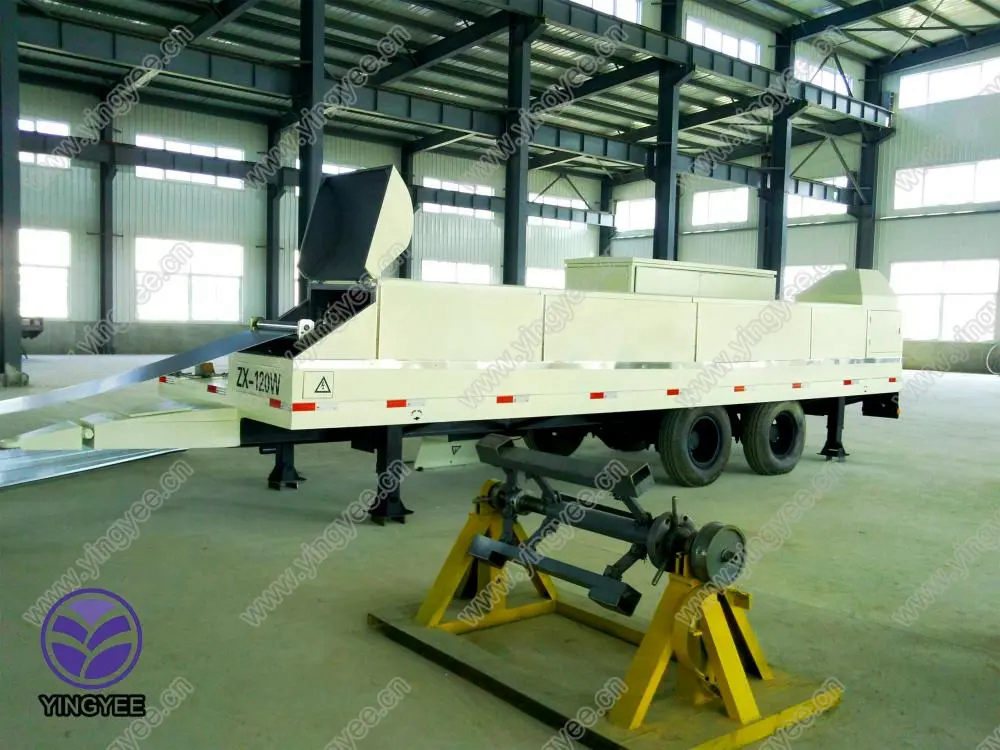
Long Span Roll Forming Machine Revolutionizing Metal Fabrication
The construction and manufacturing industries have continually evolved to embrace new technologies that enhance efficiency, quality, and versatility. One such innovation is the long span roll forming machine, a vital piece of equipment for producing long, continuous metal profiles for a range of applications, including roofing, wall cladding, and structural components. This article delves into the features, benefits, and applications of long span roll forming machines in today's industrial landscape.
Understanding Roll Forming Technology
Roll forming is a continuous bending process in which metal strips or sheets are shaped into desired profiles through a series of rollers. This method is particularly efficient for creating uniform cross-sectional shapes required for various construction and manufacturing applications. Long span roll forming machines specialize in producing elongated components, allowing for reduced material waste and improved structural integrity.
These machines typically operate using a variety of metals, including steel, aluminum, and stainless steel. By altering the design of the rollers, manufacturers can create an array of profiles, such as C-sections, Z-sections, or custom designs tailored to specific project needs.
Advantages of Long Span Roll Forming Machines
1. Efficiency and Speed One of the primary benefits of using long span roll forming machines is their ability to quickly produce large quantities of metal profiles. The continuous nature of the process minimizes downtime, allowing for higher productivity rates compared to traditional metal fabrication techniques.
2. Cost-Effective Production By minimizing material waste and maximizing output, long span roll forming machines offer a cost-effective solution for manufacturers. The efficiency and precision of the process lead to significant savings, particularly for large-scale projects that require extensive metal components.
3. Precision and Consistency Roll forming machines are designed to produce highly accurate and consistent components. This precision is critical in construction, where structural integrity and dimensional accuracy are paramount. Additionally, the smooth finish of roll-formed materials often reduces or eliminates the need for secondary processing, such as welding or machining.
4. Versatility Long span roll forming machines can produce a wide range of profiles, making them suitable for various applications. From roofing panels to structural supports, the versatility of these machines allows manufacturers to cater to diverse client needs.

5. Reduced Labor Costs The automated processes in long span roll forming reduce the need for manual labor, which not only cuts down on labor costs but also minimizes the risk of human error. This automation enables manufacturers to focus on optimizing other areas of production.
6. Sustainability With increasing emphasis on sustainability in manufacturing, roll forming stands out due to its efficiency and waste reduction capabilities. The ability to recycle scrap metal and the long lifespan of roll-formed components contribute to more sustainable production practices.
Applications in Various Industries
Long span roll forming machines have made significant impacts across multiple sectors. In the construction industry, they are widely used for producing roofing sheets, wall panels, and structural elements that require robustness and longevity. These machines are also instrumental in the automotive industry, where lightweight yet strong components are essential for vehicle performance and fuel efficiency.
In addition, HVAC systems benefit from roll-formed ductwork that is both lightweight and easy to install, enhancing overall system efficacy. The manufacturing of metal furniture and equipment also utilizes roll forming, allowing for creative and functional designs while maintaining durability.
Future Prospects
As technology continues to advance, long span roll forming machines are expected to evolve further. Innovations in automation, artificial intelligence, and machine learning are poised to enhance the performance and capabilities of these machines. Additionally, the increasing demand for sustainable building materials will lead manufacturers to explore new materials and techniques within the roll forming domain.
Conclusion
The long span roll forming machine represents a significant advancement in metal fabrication, offering numerous benefits such as efficiency, precision, and versatility. As industries continue to grow and innovate, these machines will play a crucial role in shaping the future of metal manufacturing processes, paving the way for new applications and sustainability in production practices. Embracing this technology will undoubtedly provide manufacturers with the competitive edge needed in today’s fast-paced marketplace.